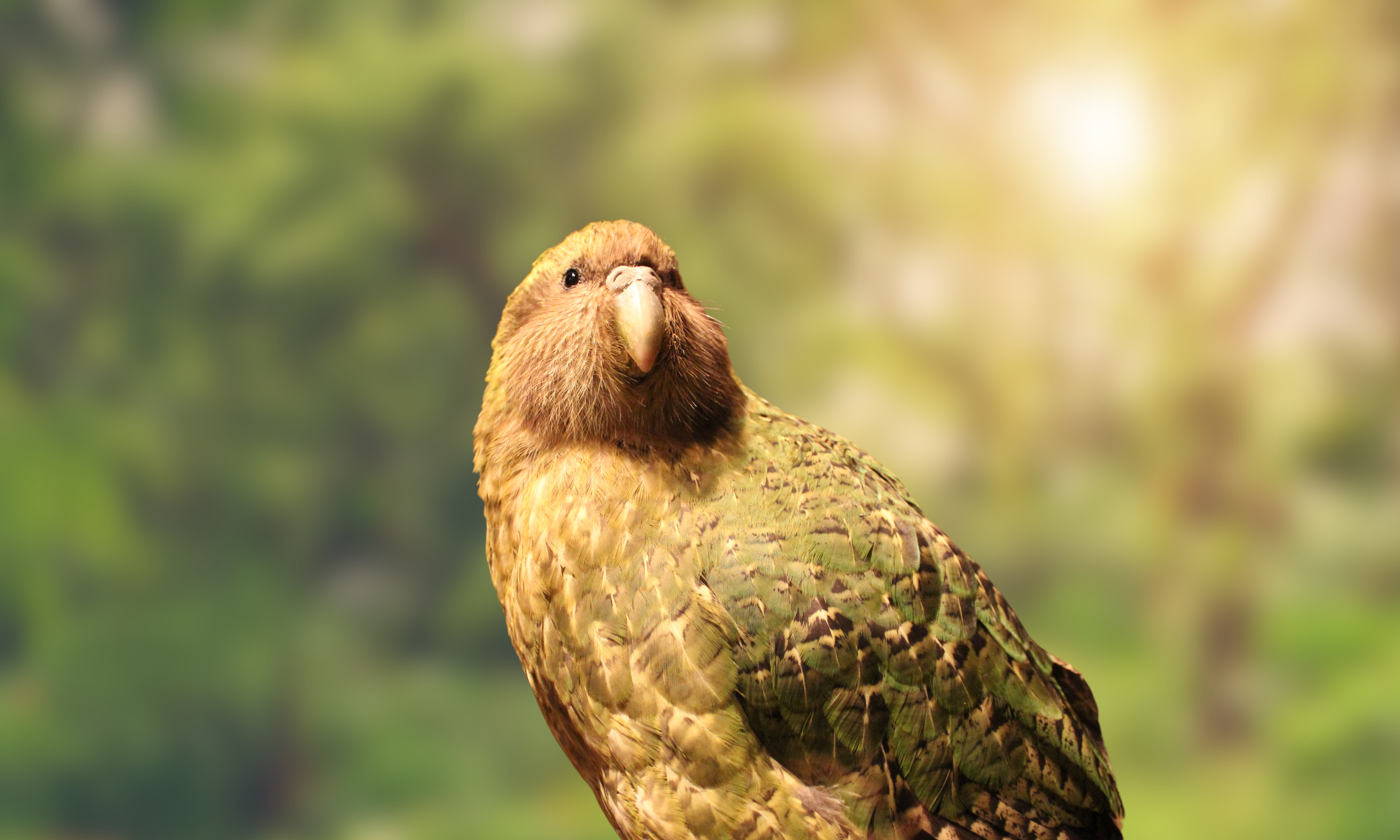New Zealand is racing to protect its critically endangered birds, including the kākāpō, from H5 avian influenza before migratory birds bring the virus to the country. With fewer than 250 kākāpō remaining, even a single outbreak could be catastrophic.
In a world-first trial, the Department of Conservation vaccinated 10 captive birds from five critically endangered species, including kākāpō, takahē, and kakī. Using the H5N3 poultry vaccine, four species developed strong antibody responses lasting at least six months, offering hope for safeguarding breeding populations in captivity and managed island populations.
Timing is crucial: starting too early risks waning immunity, while starting too late may miss the virus’s arrival. Australia and other nations are closely watching New Zealand’s approach, as similar strategies may be needed to protect vulnerable species like the Tasmanian devil and Australian sea lion.
Vaccinating wild animals remains logistically challenging, costly, and carries risks of viral evolution. Still, for species teetering on the brink of extinction, the benefits of a targeted vaccination program could outweigh the risks.
“If we start too soon, we’re going to lose that antibody. If too late, we might have missed the crucial moment,” says Kate McInnes, senior science adviser at the Department of Conservation.


